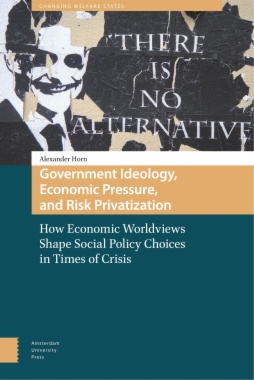'Oikography' aims to show how photography envisages, embodies and apperceives home as a spatial idea, regardless of whether that space is idealized or ideologized, ontologized or theorized, materialized or dematerialized, territorialized or deterritorialized, or internalized within us or externalized around us.
- Cover
- Table of Contents
- Introduction
- Part I: Domiciliation and Inhabitation
- Chapter 1: Domestic Divas: Tunten at Home
- Chapter 2: Inhabiting Memories: Photography and Domestic Interiors in Take Me to Live with You
- Chapter 3: Uncanny Homes: Early Computer Cultures in West German Home Decor Magazine and Catalogue Photography
- Table of Contents: The Home and the Image: Locating Passport Photos
- Chapter 5: Bars and Bodies: Queer Kinship in Latinx Portraiture
- Part II: Displacement and Dislocation
- Chapter 6: On Homelessness, Homemaking through Objects, and Photographic Frames
- Chapter 7: Migrant Photography: Reimagining Belonging, Memory, and Home through Photography
- Chapter 8: Daily Lives of the Displaced: New Understanding of Home in Ukraine
- Chapter 9: Palestinian Oikography: A Case Study of Destroyed Palestinian Houses and the Social/Relational Consequences
- Part III: Home Dreams and Ghosted Homes
- Chapter 10: Dream Estate: Imagining Ownership in Real Estate Photography
- Chapter 11: Photography contra Real-Estate Imaginary: Global City Phantasms in India’s National Capital Region
- Chapter 12: Housing Images: Books, Objects, and Museums in the Home/Archive
- Biographies

